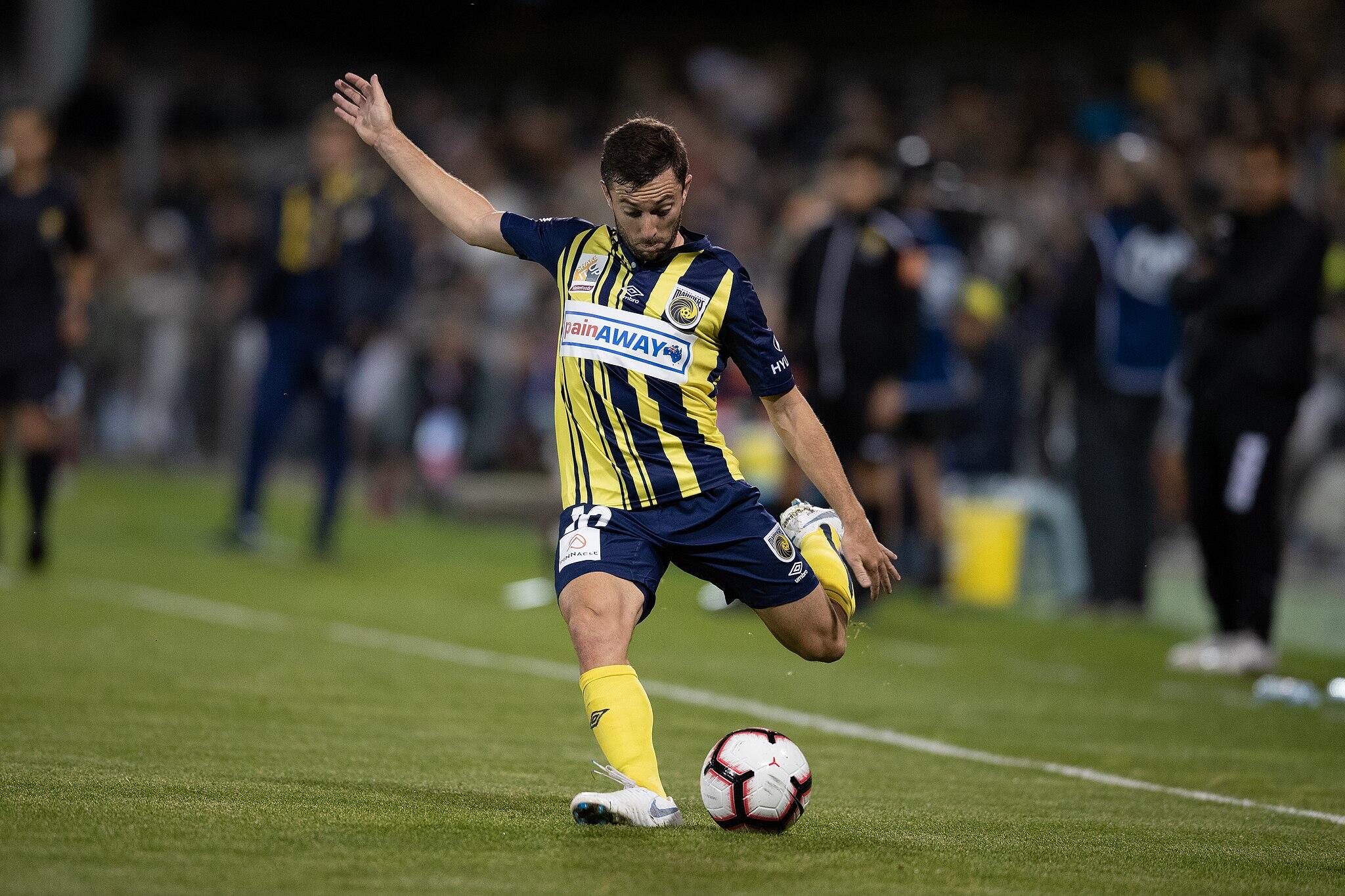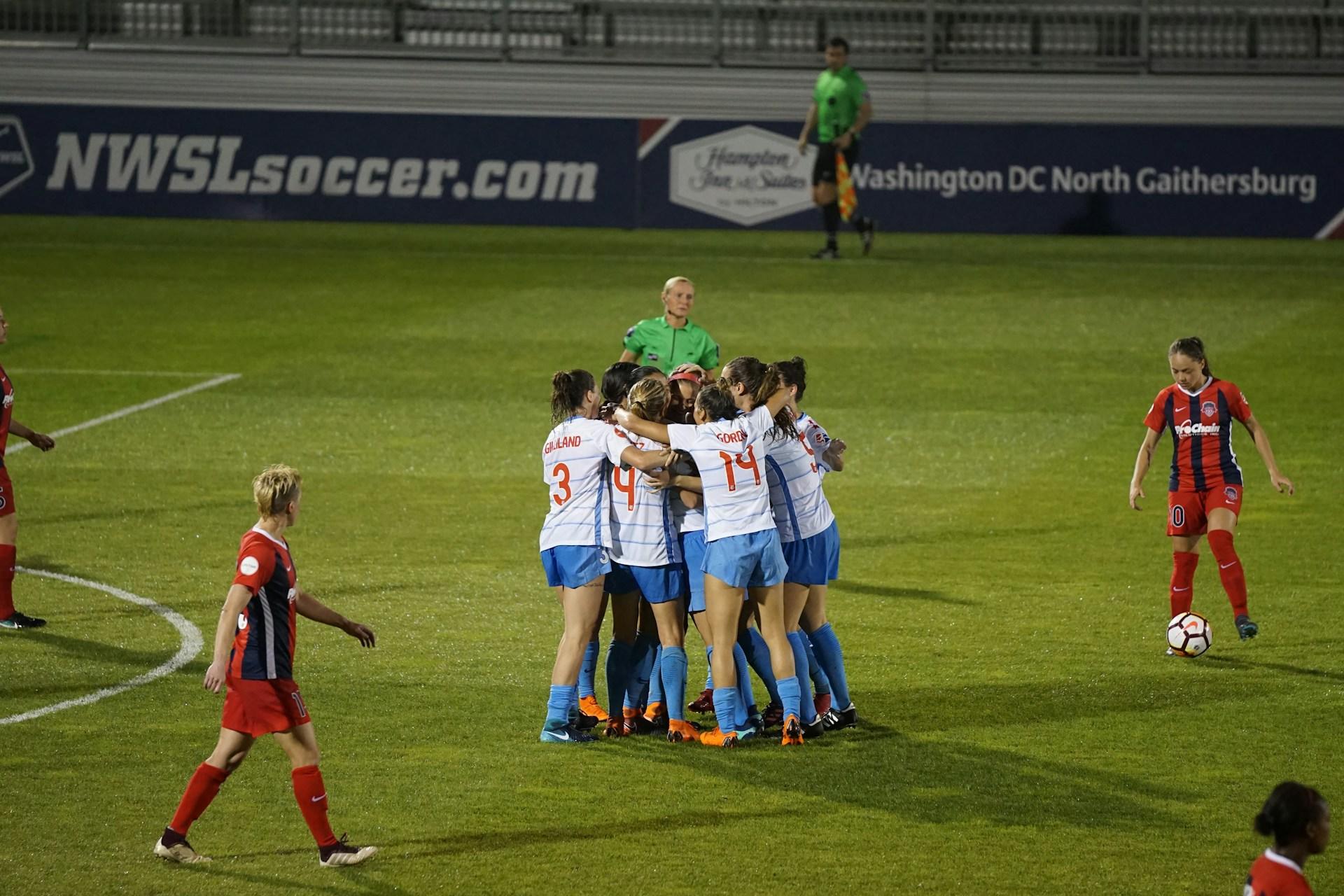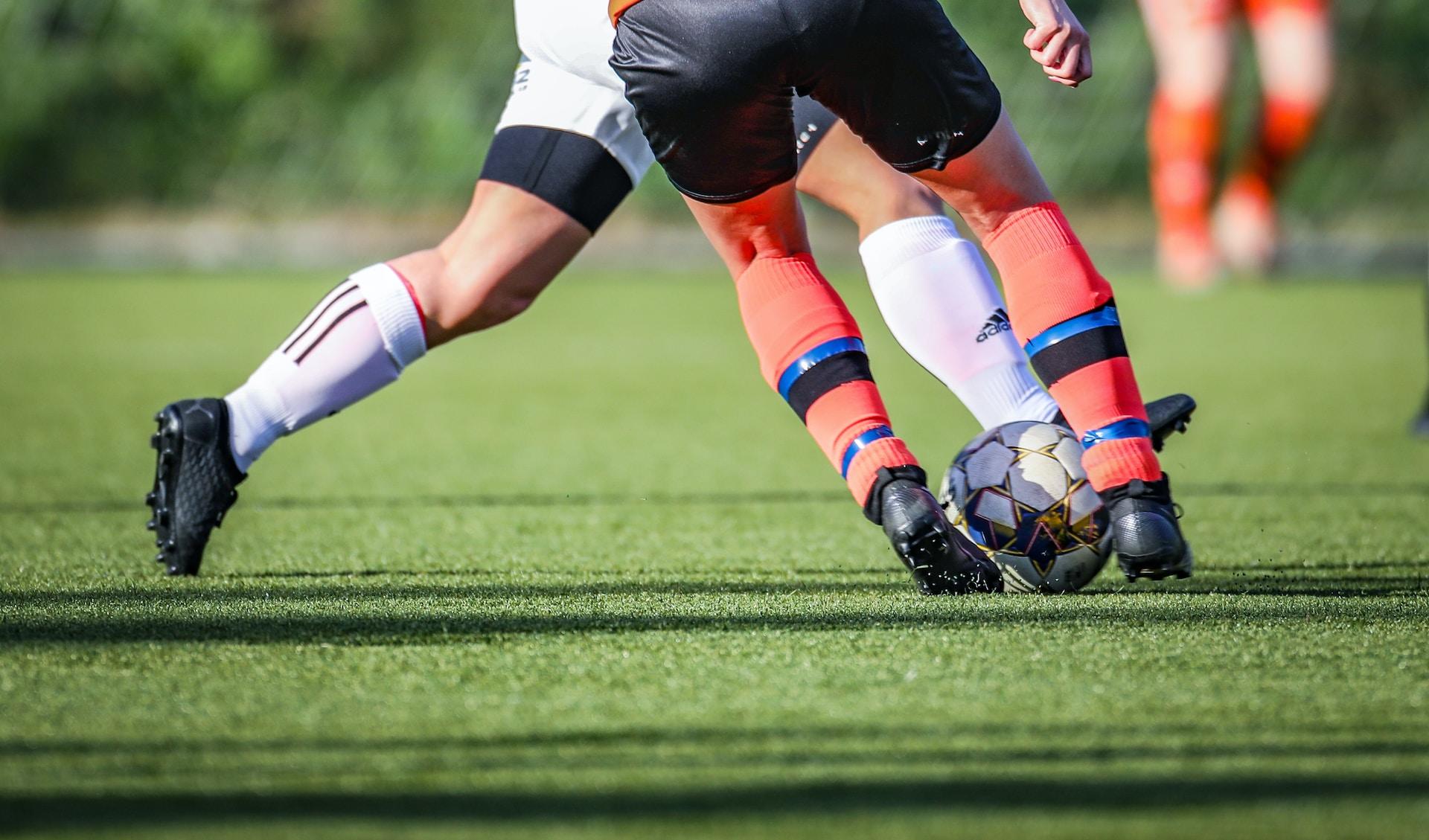Thanks to the Women's World Cup being co-hosted between Australia and New Zealand, interest in the sport has naturally piqued.
If you're fairly new to the World's Game and would like to know more, you've come to the right place, because we're going to be looking at soccer (or football) in Australia and how anybody can get involved with the sport.

A Brief History of Soccer in Australia
Soccer has been present in Australia for over a century and the native inhabitants of Australia played games that involved kicking a ball long before any Europeans arrived.
However, the first codified version of association football (soccer) was written by Melbourne Football Club in 1859 and bore a striking similarity to earlier rules from the UK.

Find out more about soccer coaching in Melbourne.
Later waves of immigration from the British Isles during that century brought more players who were familiar with the sport and there were matches held between Victoria and New South Wales.
Such was the influence of British immigrants that teams in the country were often named after where the players originated from in the UK rather than where the teams actually were in Australia.
The national soccer organisation was founded in 1911 and while British migrants leaving to fight in World War I meant that men's teams had to stop playing, the women's teams continued.
The Origins of Men's Soccer in Australia
The men's game and women's game have very different stories in Australia. The men's team in Australia has existed for over 100 years after participating in a tour against New Zealand.

The strip for Australia was light blue and maroon to represent New South Wales and Queensland as that was where the players hailed from. Two years later, the recognisable yellow and green of Australia were part of the strip and the early history of the team was a series of friendly and exhibition soccer matches.
Their first real competition was in the 1956 Olympic Games, but Australia was actually banned from FIFA for four years from 1959 to 1963 after certain Australian clubs refused to pay transfer fees to clubs in Austria, the Netherlands, and Israel.
The clubs claimed the players were migrating to Australia and coincidentally ending up as players at their new Australian clubs. Ultimately, FIFA didn't accept their reasoning. The ban certainly wouldn't have helped the popularity of soccer in Australia when there were other sports that Australia could participate in on the international stage.
They didn't qualify for the 1966 World Cup after their ban ended and also failed to qualify in 1970. In 1974, the Socceroos (as the men's team is known) qualified for their first World Cup. It would take them over 3 decades to qualify for another. Since 2006, however, Australia has qualified for every World Cup tournament.
Find out how to learn to play soccer in Sydney.
The Origins of Women's Soccer in Australia
Like elsewhere in the world, the women's game started around the same time as the men's, but cultural and political pressure essentially killed the women's game for decades all over the world.

The English FA, for example, didn't actually ban women from playing but made it so that any clubs that were members wouldn't let women's teams use their grounds or facilities and actively discouraged women from playing the sport.
Elsewhere in the world, including Australia, this practice was copied and many considered that soccer was a sport for men, that it was unladylike to play it, and even suggested that there were medical concerns with women playing the game!
Needless to say, this led women's football to stagnate while the men's game enjoyed half a century of development and ever-increasing popularity all over the world.
By the 1970s, opinion had shifted and the men's qualification for the World Cup in 1974 helped elevate the status of the game in Australia. Women's teams and leagues were created, but there wasn't a national league for women.
The founding of the Australian Women's Soccer Association helped, but there still wasn't a World Cup for the women to play in. FIFA organised the Women's Invitational tournament in 1988 in China to see if a Women's World Cup would work.
The first Women's World Cup took also took place in China in 1991, over 60 years after the first Men's World Cup!
The Matildas (Australia's Women's Soccer team) didn't qualify for the first Women's World Cup but have qualified for every single tournament since them.
Find out how to get into soccer in Brisbane.
How Can You Get Into Soccer in Australia?
So whether you're interested in the Socceroos, the Matildas, or both, soccer is now for everybody and there are plenty of ways to get involved. Here's how to get started.

Learn the Basics
As with any sport, you need to learn the basics before you can start playing. The great thing about soccer is that it's incredibly accessible as it requires very little equipment. If you have a ball and some suitable footwear, you can start kicking it around and learning the necessary skills without attending any classes or training programs.
As a popular sport, you can also watch plenty of matches and find out more about the rules, how the game's played, who the best teams are, and anything else you could want to know about it.
Find Your Local Club
No matter where you are in Australia, you should be able to find a local club. In most larger cities, you'll be able to find bigger clubs, but there are plenty of amateur clubs and teams that are always looking for fans.
Join a Soccer Team
While the clubs are where you'll go to watch matches, if you want to play, the best way is by joining a team.
For kids, there are usually more options for joining teams either through school, soccer clubs, or soccer academies, where they can attend training sessions, matches, and school-holiday programs.
Adults may need to look to groups of friends that play together informally or amateur leagues with teams looking for players.
For adults, joining a team is trickier if you've never played before, but you can always get some other friends together to organise regular matches with if you're just looking to play non-competitively.
Find the perfect 1 on 1 soccer coaching Sydney on Superprof.
Participate in Local Leagues and Competitions
If you have a competitive streak in you and develop enough of a level in football, you can join leagues and competitions, often through an academy or soccer club.
Again, kids have more options and structure when it comes to leagues and competitions, but adults can always look to local soccer associations, groups, and clubs for leagues, tournaments, and competitions to compete in.
Fortunately, the Play Football Australia site has a “Football Finder” that you can use to find local clubs or competitions.
Live a Healthy Lifestyle
Soccer is a demanding and physical sport so you need to be in decent shape to play. The get the most out of playing soccer, it's recommended that you eat right and exercise regularly so that you can play for longer and reduce your risk of injury.
In soccer classes or programs, you'll likely be told by your coaches what you need to do to stay in shape and avoid injury.
Stay Involved in Soccer
Soccer is a culture as well as a sport and off the pitch, you can watch matches, follow different leagues and competitions from around the world, and live and breathe the sport.
Enjoy Soccer
Soccer should be fun so make sure you always keep this in mind, especially if you're encouraging your kids to play.
Learn how to start playing soccer in Adelaide.
How Can You Get Kids to Start Playing Soccer?
As a parent, getting kids interested in anything can be difficult, especially something like football which might require a lot of training and exercise.
If your child isn't automatically fascinated by football, here are a few things you can do to help.
Focus on Fun
Remind them of how fun soccer is and can be. Maintain a positive attitude towards it and always highlight the enjoyment that it can bring.
During the school holidays, there are often coaching sessions offered by local academies that focus more on fun than training since there'll likely be lots of new players who aren't familiar with the sport.
Find Positive Role Models
Find good players that your kids look up to. Kids will put their heart and soul into anything if it means they can be like their heroes.
Rather than have them imitate fictional heroes from TV and movies, focus them on real-life soccer players they can aspire to be like.
Get them the Right Equipment
Soccer doesn't need much equipment, but you still need to get your kids the right equipment. Suitable footwear and a decent ball should be enough to get them started.
If they're very young, you may need to check what size would be appropriate for them to play with.
Vary Activities
Soccer training is an important part of getting better at the sport, but make sure your child has a good variety of activities they enjoy.
Watch Soccer Matches
Enjoying soccer together is the best way to get your child interested in the game. Just remember to have a healthy attitude towards the sport and stay positive!
Soccer Coaching Camps
Soccer coaching camps are a great way to get kids involved in soccer, especially during the school holidays.
Rather than leaving them with nothing to do, you can get them playing soccer every day, often under the guidance of professional coaches.
Learn about getting into soccer in Perth.
Work with a Dedicated Soccer Coach
Of course, if you or your child needs help with soccer, training, fitness, or other related skills, you can always look to private soccer tutors to help!
They can develop a program that works for them and ensure that all the sessions are planned with them in mind.






















